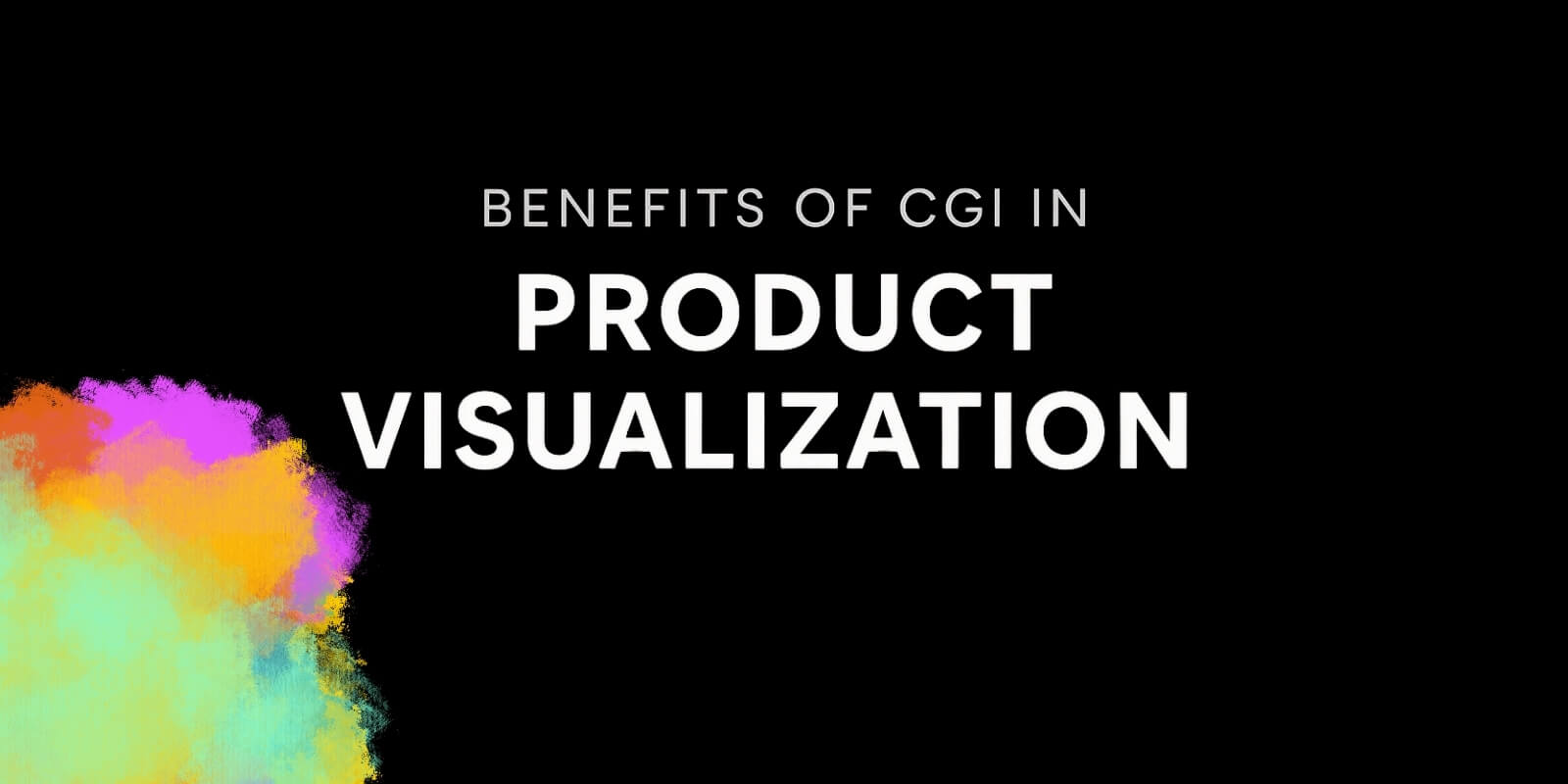| Dubai, UAE — Nov 17, 2023
Benefits of CGI in Product Visualization
In today’s fast-paced digital marketplace, the way products are presented plays a crucial role in influencing customer decisions. Traditional photography has long been the standard for showcasing products, but it comes with limitations in cost, flexibility, and creativity. This is where Computer Generated Imagery, widely known as CGI, is redefining the landscape of product visualization. With CGI, businesses can create lifelike product images and experiences that not only attract customers but also build trust and streamline marketing processes. One of the most significant benefits of CGI is its ability to deliver hyper-realistic visuals. Modern rendering technologies make it possible to create images that are indistinguishable from photographs. This allows businesses to showcase every detail of a product, from textures and materials to lighting and shadows, with unmatched accuracy. For industries like furniture, fashion, and electronics, this level of precision helps customers understand exactly what they are purchasing, which reduces hesitation and increases conversions. Another advantage of CGI is cost-effectiveness. Traditional photography often requires expensive equipment, professional studios, and multiple rounds of shooting whenever a product or design changes. In contrast, CGI eliminates these challenges by allowing digital models to be easily modified or updated. For example, if a company introduces a new color or version of a product, the digital file can simply be adjusted without the need for a costly new photoshoot. Over time, this efficiency translates into significant savings for businesses. Flexibility is another key reason companies are adopting CGI. Unlike traditional photography, CGI is not limited by physical constraints. A brand can showcase a product in any environment, whether it is a sleek studio background, an exotic outdoor setting, or even a futuristic virtual space. This creative freedom allows businesses to align their visuals with their brand identity and target audience more effectively. Additionally, CGI makes it possible to produce interactive 360-degree views and animations, giving customers a chance to explore products from every angle. Speed to market is another important benefit of CGI. In highly competitive industries, being able to launch marketing campaigns quickly can make all the difference. With CGI, companies can start creating visuals even before a product is physically manufactured. This is particularly valuable in industries like automotive or consumer electronics, where product launches are meticulously planned. By using CGI, businesses can begin building anticipation, running ads, and preparing promotional materials well in advance of product availability. Beyond marketing, CGI also enhances customer engagement by offering immersive experiences. With technologies like augmented reality (AR) and virtual reality (VR), CGI allows customers to visualize products in their own environments or interact with them in virtual showrooms. Imagine a customer being able to see how a sofa would look in their living room or how a new gadget fits into their daily routine, all from the comfort of their home. These experiences not only make shopping more convenient but also build stronger emotional connections with the brand. Sustainability is another growing consideration, and CGI contributes positively in this area as well. By reducing the need for physical prototypes, travel for photoshoots, and excess product samples, CGI lowers the environmental footprint of product marketing. Brands that embrace CGI can position themselves as forward-thinking and eco-conscious, which resonates strongly with environmentally aware consumers. Finally, CGI helps brands stand out in a crowded digital landscape. High-quality visuals are no longer optional; they are essential for grabbing attention in social media feeds, online stores, and advertising campaigns. Businesses that leverage CGI can create visually stunning, innovative content that differentiates them from competitors and leaves a lasting impression on customers. In conclusion, CGI is far more than just a technological trend. It is a powerful tool that combines realism, creativity, and efficiency to transform product visualization. From cost savings and faster production to immersive customer experiences and sustainable practices, CGI offers businesses a competitive edge. As digital commerce continues to evolve, adopting CGI will be essential for brands that want to captivate audiences, build trust, and drive long-term growth.
